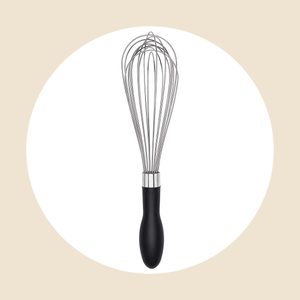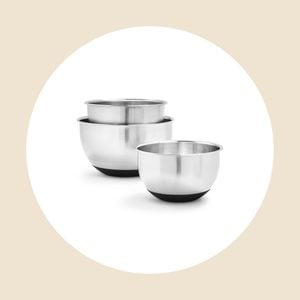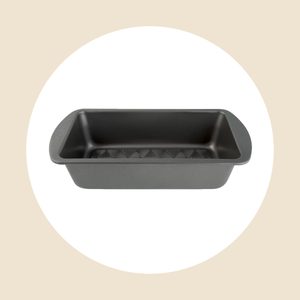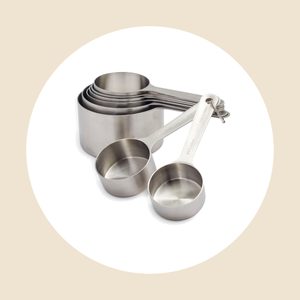How to Make Amish Friendship Bread
Updated: Mar. 03, 2023

Learning how to make Amish friendship bread is easy. And sharing this unique treat with others is delightful!
Did Amish friendship bread make its way to your elementary school? If you brought home a gallon bag of wet spongy dough (similar to a sourdough starter), then you’re familiar with the concept. It’s a sweet tradition for sharing tasty bread with friends and family!
What Is Amish Friendship Bread?
Amish friendship bread is a traditional Amish recipe that’s gone mainstream. Its defining characteristic is its use of a sweet starter made from equal parts water, flour and milk, plus yeast. The starter takes 10 days to prepare. Once it’s ready, you’ll use one cup of your starter to bake a sweet bread topped with cinnamon sugar. Then, to embrace the tradition, give the remaining starter away to friends along with a recipe explaining how to make Amish friendship bread.
Ready to get started? Here are more Amish baking tips.
What Is an Amish Bread Starter?
A bread starter is a fermented mixture of flour and a liquid. The starter adds flavor to a dough or batter and helps it rise.
In the case of Amish friendship bread, the liquid is milk, and the starter also includes sugar and yeast. The starter is the consistency of a batter and tends to be thinner and less spongy than a traditional sourdough starter, which consists solely of flour and water.
Starters impart a unique flavor to bread that you won’t get from leaveners such as yeast or baking powder alone. The presence of bubbles, froth and increasing volume in a starter tell you it’s alive and growing!
Starters are usually kept at room temperature for the first 10 days or so to help them grow. Once they’ve matured, they can be stored in the fridge or freezer and fed every week or two to keep them alive. A properly fed and stored starter can last for years. Lore has it that Amish mothers used to pass down some of their starter to their daughters when the daughters married. That way, the family starter would be passed down from generation to generation.
A starter will grow in volume exponentially as you feed it—the larger it gets, the more you need to feed it. That’s why sourdough starter recipes call for discarding some of the starter with each feeding and why Amish friendship bread starter calls for sharing your starter with friends.
Amish Friendship Bread Recipe, Step by Step
This recipe makes one loaf of Amish friendship bread.
Ingredients
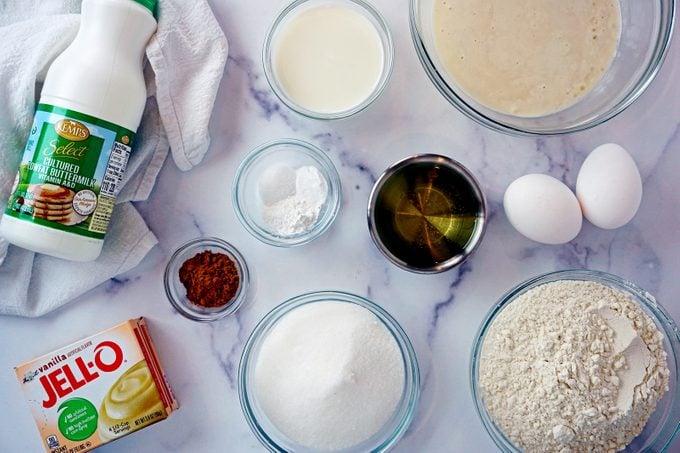
For the starter:
- 1 packet (2-1/4 teaspoons) active dry yeast
- 1/4 cup warm water (100° to 110°F)
- 3 cups all-purpose flour, divided
- 3 cups whole milk, divided
- 3 cups sugar, divided
For the topping:
- 2 tablespoons brown sugar
- 1/2 teaspoon cinnamon
For the bread:
- 2 cups all-purpose flour
- 1 cup sugar
- 1 small box (3.4 ounces, or 1/2 cup) instant vanilla pudding powder
- 2 teaspoons cinnamon
- 1 teaspoon baking powder
- 1/2 teaspoon baking soda
- 1/2 teaspoon salt
- 2 large eggs
- 1 cup Amish friendship starter
- 3/4 cup buttermilk
- 1/2 cup canola oil
- 1/3 cup whole milk
- 1 teaspoon vanilla extract
Tools You’ll Need
- Balloon Whisk: This is one of our Test Kitchen’s must-have basic kitchen tools. It has a rubber handle that will help you keep a firm grip while combining the dry ingredients.
- Mixing Bowls: Invest in a set of medium and large bowls like this sturdy set.
- Loaf Pan: A 9-x-5-inch metal loaf pan is a must.
- Dry Measuring Cups: Find a good set of dry ingredient measuring cups that are durable and easy to clean.
- Liquid Measuring Cup: Don’t forget a classic Pyrex for measuring liquids!
Directions
Step 1: Create the starter
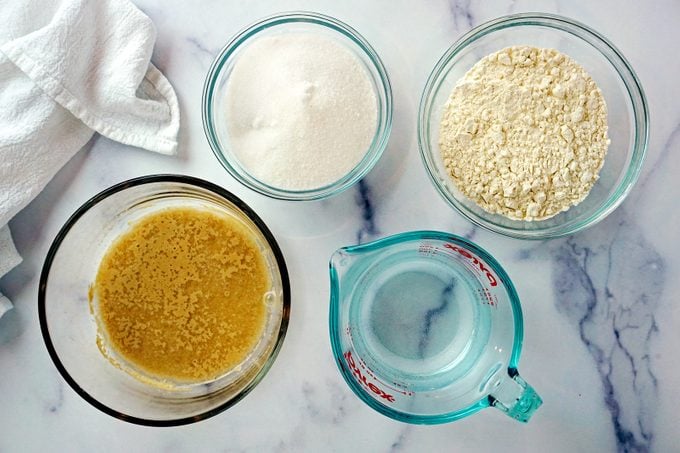
You can skip this step if someone has given you a cup of starter.
In a container made of glass, glazed ceramic or plastic, dissolve yeast in warm water and let sit for 10 minutes. Then, add 1 cup each of sugar, flour and milk. Stir well, cover loosely with cling wrap and set aside at room temperature.
Once a day on days two through five, stir the starter.
On the sixth day, feed your starter 1 cup each of sugar, flour and milk. Stir well.
Once a day on days seven through nine, stir the starter.
On day 10, feed your starter again with 1 cup each of sugar, flour and milk. You will use 1 cup in the recipe. You can give the other two cups to two friends (along with a copy of this recipe!), keep one cup for next time and give one cup to a friend, or use all three cups to bake three loaves and give two away. The key is to gift some of what you’ve made: That’s what makes this “friendship” bread.
Step 2: Prepare pan and topping
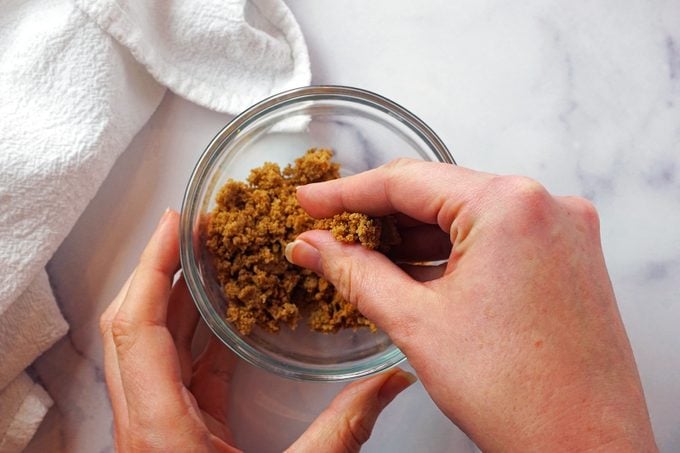
Preheat oven to 350°. Grease and flour loaf pan. Using your fingers or a fork, combine brown sugar and cinnamon in a small bowl.
Step 3: Mix dry ingredients
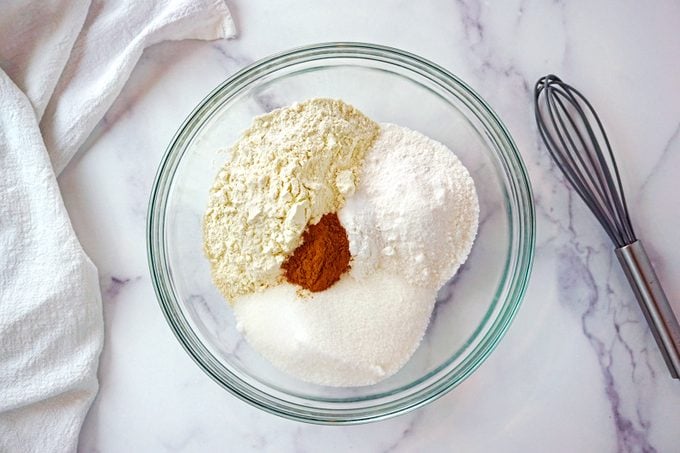
In a large bowl, whisk together flour, sugar, pudding powder, cinnamon, baking powder, baking soda and salt.
Step 4: Mix wet ingredients

Crack eggs into a medium bowl and whisk until combined. Add Amish friendship starter, buttermilk, canola oil, milk and vanilla extract. Mix with whisk or wooden spoon until uniform.
Step 5: Combine wet and dry ingredients
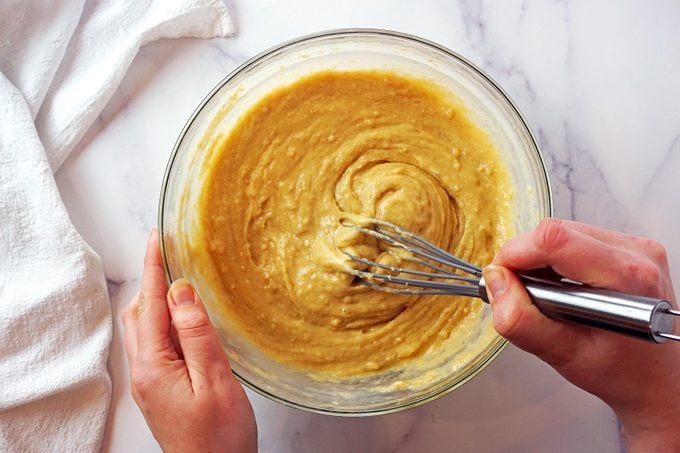
Pour wet ingredients into dry ingredients and stir until just combined, being careful not to overmix. Pour mixture into greased and floured loaf pan. Smooth top of batter with a wooden spoon or spatula. Sprinkle with cinnamon-sugar mixture.
Step 6: Bake, cool and serve
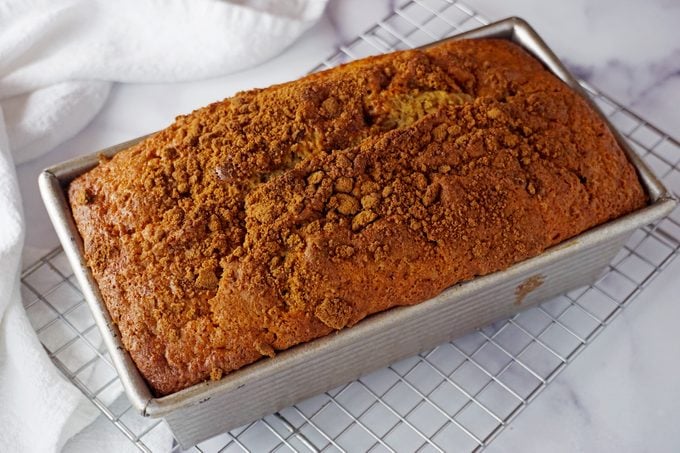
Bake on center rack of oven, 45 to 55 minutes, or until a toothpick comes out clean. Remove from oven and cool in pan for 10 minutes, then remove from pan and cool completely on wire rack before slicing and serving.
Serve your friendship bread for breakfast or dessert (maybe with some Amish cookies!).
Amish Friendship Bread Tips
Is it safe to store Amish friendship bread starter at room temperature?
It can be! You don’t keep milk at room temperature and expect it to stay fresh—so why is it OK to leave a starter that contains so much milk at room temperature? The answer is the flour keeps it from spoiling, most of the time.
If your starter smells rotten or becomes colorful, assume it has grown mold and throw the entire batch out. Don’t try to scoop out the visible mold, because the spores have likely spread throughout the mixture. A healthy starter should smell sweet and yeasty, and it should be white to creamy yellow in color.
If it has an acetone smell but the color is fine, it may just need to be fed.
How long can you keep Amish friendship bread starter?
Extra starter can be kept in the fridge indefinitely as long as you feed it every seven to 10 days and give it 12 hours at room temperature after each feeding. You can also store it in the freezer for several months. Again, you’ll need to feed it and give it time to reactivate first.
What if my starter isn’t bubbly?
No problem! You can still use it to make Amish friendship bread. That’s because the bread relies on baking powder to rise, not on fermentation in the starter. Think of a bubbly starter as a bonus, but you’re basically just making a quick bread, like banana bread or a pumpkin loaf.
A non-bubbly starter is often simply dormant. It may be too cold, or it may need to be fed. If a hefty feeding and warmer environment don’t revive it, don’t worry—you can still bake with it.
Is Amish friendship starter the same as sourdough starter?
They’re not the same. A traditional sourdough starter consists of just flour and water. Amish friendship starter is made of flour, milk, sugar, yeast and water. You can use regular sourdough starter at 100-percent hydration (half water, half flour) to make Amish friendship bread, but the result will be less sweet. For more savory options, try one of these other Amish-inspired bread recipes.
Can you make this bread without the Amish bread starter?
Yes. Instead of using one cup of day 10 Amish friendship bread starter, you can add an extra 1/3 cup each of flour, milk and sugar to the batter. The result will be similar to working with a non-bubbly starter. Because this recipe uses buttermilk, your batter will still have some tang.
Can I reduce the sugar in my Amish friendship bread?
Amish friendship bread falls into the blended cake category, where sugar’s primary roles are to provide sweetness and moisture. And this is a very sweet treat: The original recipe uses a baker’s percentage of 113 percent, which means the weight of the sugar in the recipe, including the starter and topping, is 113 percent of the weight of the flour in the recipe. You can cut the sugar in the bread part of the recipe by up to 50 percent and still end up with a good texture and browning.
Does Amish friendship bread need to be refrigerated?
No. After the bread has cooled completely, you can store it like any other baked good in an airtight container at room temperature for several days, or wrap it tightly and freeze it for later. Freeze the whole loaf, or slice it up so you can enjoy one perfectly fresh piece at a time. Reheat a frozen, one-inch slice at 350° for 10 minutes. For extra decadence, top with a pat of Amish butter.
What are some popular variations on Amish friendship bread?
- Change the pudding flavor to chocolate, butterscotch, banana or anything that sounds good to you.
- Add mix-ins such as nuts, dried fruit, diced apples, spices or chocolate chips. For each cup of mix-ins, toss with 1 tablespoon flour to coat before adding to batter as the last step. The flour coating helps keep them from sinking.
Love Amish friendship bread? Try these other Amish baked goods.

